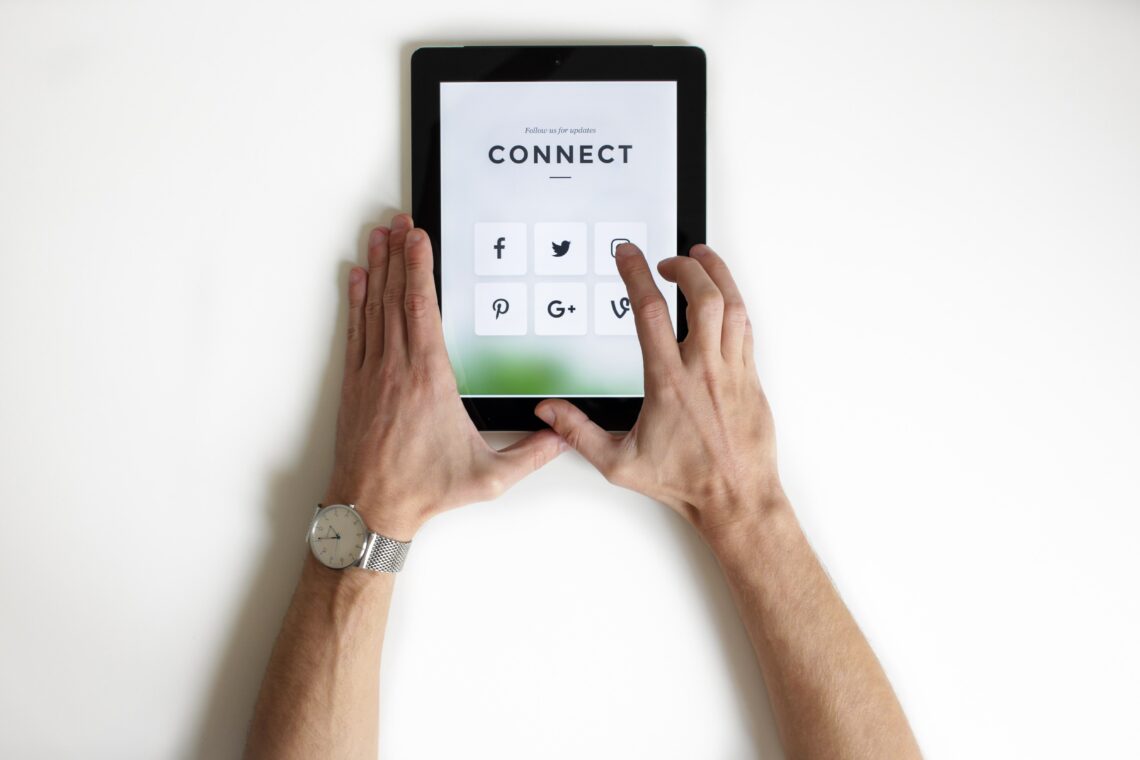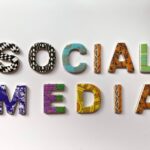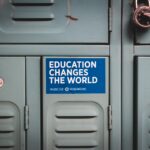Personal Learning Networks involve creating connections and interacting with others. These connections can help us partake in lifelong learning endeavours and form bonds with people, resources, or services that can shape our identity as we adapt to various circumstances (“What is a PLN”). Karla Gutierrez explains that social media and technology have allowed us to network in a convenient way by removing barriers, such as time zones or distance (Gutierrez). In my experience, social media has allowed me to maintain relationships with friends. I have lived in numerous cities, and with that, I met a variety of people who live across B.C. and the world. Technology and social media have made it easy to maintain these personal connections. As I transition to the job force, using social media to network within the professional realm can assist with my growth goals as a future educator. I have already utilized networking to obtain career opportunities, and I look forward to growing my Personal Learning Network as I transition into my profession to effectively develop the skills and resources needed for my job.
Creating Personal Learning Networks through public communication has many benefits. As I mentioned above, using social media removes barriers of distance and allows for people of various backgrounds to interact in ways that may not have been possible if technology was not present (Gutierrez). It allows for convenience in developing connections and resources both personally and professionally (Gutierrez), and as Eric Stoller explains, creating a digital identity can help future employers view your online footprint as an asset to their company (0:39-0:50). However, public communications impose risks as well. Eric Stoller also mentions that one’s digital identity can be detrimental to a professional journey (0:56-1:01). Once information is on the internet, it is there forever. Some posts or photos may lack context and can be negatively perceived by employers. In “Networked Privacy,” danah boyd explains that social media magnifies privacy issues. Achieving complete control over the privacy of our posts is unattainable (boyd 349). Even if social media accounts have privacy settings, there is always the possibility for people to view what was posted. Thus, it is crucial that what goes online accurately reflects our character.
It has been interesting engaging in online class conversations and reading others’ blogs about privacy regarding our professions and social media use. A lot of people, including myself, emphasize the importance of creating separate personal and professional social media accounts. As a future educator, it is important to consider what I post on social media accounts, as it can potentially be seen by future students, their parents, and future employers. Even though my personal accounts have privacy settings, achieving absolute control regarding what people can view is not possible (boyd 349). So, as I continue working toward my career goals, ensuring my digital identity reflects myself professionally is crucial.
It has also been interesting reading other peoples’ viewpoints on digital identity. In my learning pod, we discussed that some of us previously viewed digital identity solely as Eric Stoller explains it: our “footprint on the web” (0:23-0:25). However, after watching the Davos Press Conference, it was interesting to learn that a digital identity can also be how you are represented online (World Economic Forum, 2:20-2:25). The article by Metadium explains that Estonia is a leader in digital identity when it comes to public services and their economy. Almost all public services are online in Estonia, including governance, taxes, voting, health, and residency (Metadium). Digital identities are becoming more common around the world and as Nilekani explains, are being utilized for efficiency and inclusivity (World Economic Forum, 13:05-13:20). It was interesting to learn that my digital identity is more than my presence online (Stoller, 0:06-0:10), but also something I use on an everyday basis (i.e., online banking) (World Economic Forum).
Overall, after engaging in this week’s resources, it was interesting to learn how Personal Learning Networks and digital identity intertwine for both professional and personal use. It is important to keep in mind your online footprint when engaging in online interactions (Stoller, 0:04-0:37), as well as using social media to interact in ways that form connections for both professional and personal learning experiences (“What is a PLN”).
Works Cited:
boyd, danah. “Networked Privacy.” Surveillance & Society, vol. 10, no. 3/4, 2012, pp 348-350. doi:10.24908/ss.v10i3/4.4529.
Gutierrez, Karla. “What are Personal Learning Networks?” Shift, 21 June 2016, https://www.shiftelearning.com/blog/personal-learning-networks. Accessed 20 May 2021.
Metadium. “How Estonia is Pioneering the Digital Identity Space.” Medium, 4 June 2019, https://medium.com/metadium/how-estonia-is-pioneering-the-digital-identity-space-4008c709fbb8.
Stoller, Eric. “What is Digital Identity?” YouTube, uploaded by University of Derby, 25 November 2016, https://www.youtube.com/watch?v=u0RryRbJza0.
“What is a Personal Learning Network (PLN)?” Future Learn, https://www.futurelearn.com/info/courses/learning-network-age/0/steps/24644.
World Economic Forum. “Davos 2019 – Press Conference the Value of Digital Identity for the Global Economy and Society.” YouTube, uploaded by World Economic Forum, 5 February 2019, https://www.youtube.com/watch?v=1-V7lyxrOmw.



saraht
May 22, 2021 — 3:05 pm
Hi Olivia. I really enjoyed reading your post; you discussed a lot of important information. I liked when you discussed how social media allows us to network in a convenient way by removing barriers like time and distance. I use social media a lot to stay in touch with family and friends that live in other places, like you do. I am able to keep these connections by interacting with their posts and by messaging them on different platforms. I do not live close to many people in my family and this can be very difficult sometimes, but it makes it easier when I can still communicate with them on a regular basis. An example that comes mind when thinking about networking through social media is one of my friends that moved far away in grade 4. She moved to Israel with her family, so I do not see her often, but when I message her, it is very nice to catch up and learn how she is doing. This is one of the great benefits of having a digital identity.